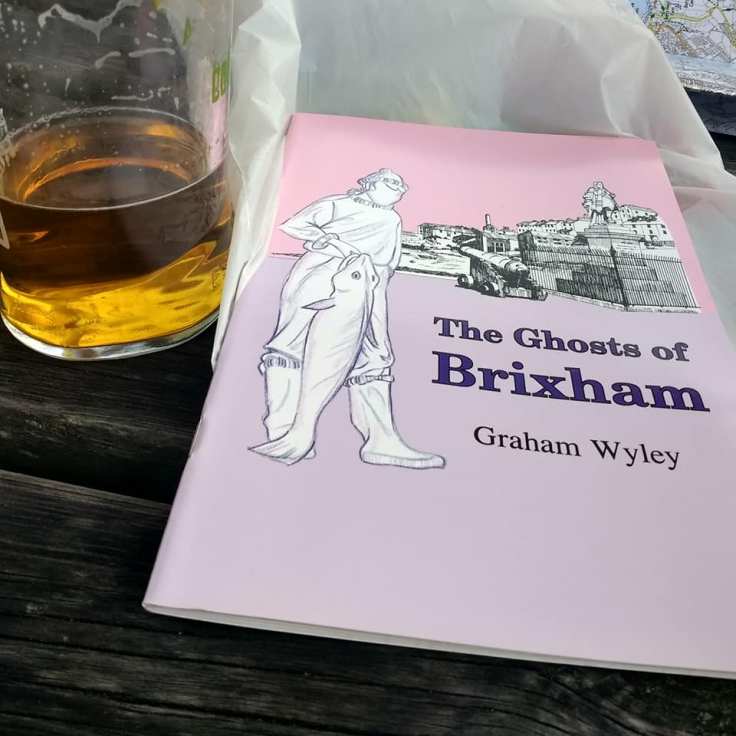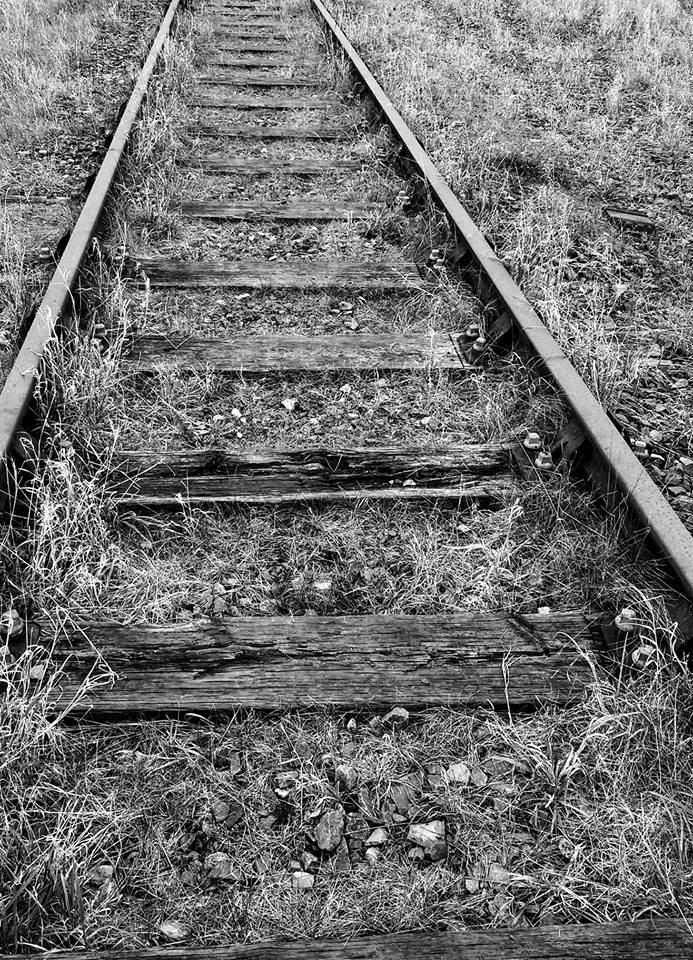Despite being Midlanders, or perhaps because of it, Mavis and Betsy do love to be beside the seaside. It’s not just the nice girls who love a sailor, you know. On a recent holiday in Devon, Mavis tired of bingo and pig racing and went in search of stories. Wedged alongside the Temperance Steps in Brixham, she found Ye Olde Coffin House. As a woman who enjoys a bier from time to time, the latter of course held far more appeal than the former.

Ye Olde Coffin House takes its name from its sinister shape. According to Brixham folklore, the creepily constructed property was erected by a fisherman after the father of the woman that he wanted to marry told him that, ‘he’d rather see her in a coffin’. Undeterred, the chap built the house to resemble that very thing, and the father, impressed with his ingenuity relented. The couple lived there happily ever after until death did them part which is possibly the least believable element of this story.

Now, this may well be a red herring but there was a ‘Coffin’ family in this little fishing town in the 1600s. In 1642, Tristam Coffin left Brixham for Boston, and along with eight other men bought the island of Nantucket for thirty pounds plus two beaver hats. Patsy spends more on her Halloween decorations each year. Is there a possible explanation for for the origins of the house here perhaps? As much as Mavis likes the thought of the Coffin House being an architectural rebus, it seems unlikely. Despite suggestions that it dates back to the first part of the 17th century, and was the first place that William of Orange stayed in after first setting foot in England in November 1688, its Grade II listing description suggests it was probably built sometime in the early 19th century. However, that isn’t to say the current building didn’t replace an earlier one on the site but without trawling the historical records, it’s impossible to deduce if there is any connection between this unusually shaped house and this unusually named family.

cc-by-sa/2.0 – © Adrian Cable – geograph.org.uk/p/1096058
Until fairly recently, The Coffin House had a sign outside proclaiming it as the only one in England. It is not the only coffin shaped building in Britain however. There is a ‘Coffin Mill’ in Dundee, named for its structure rather than its line of business. The spooky doesn’t end with the shape here though, as on the night of September 4th 1945, a crowd gathered to see ‘The White Lady’ after news spread that she had returned to the mill she’d been haunting off and on since her death there seventy years prior. According to the Exeter and Plymouth Gazette, Ye Olde Coffin House also inspired George Spratt to build his new Baptist Chapel in Fressingfield, Suffolk in 1835 in the same shape to act as a bricks and mortar reminder of mortality. Back in Brixham, the replacement of ye olde sign on the Coffin House with one that says ‘Destiny’, could also be interpreted as a memento mori in its own unintended way.
Sources:
Plymouth and Exeter Gazette Friday 9th August 1907
http://fressingfield.suffolk.cloud/organisations-in-fressingfield/baptist-chapel/
https://britishlistedbuildings.co.uk/101298287-ye-olde-coffin-house-brixham




